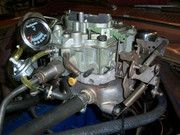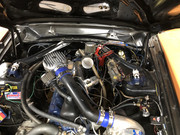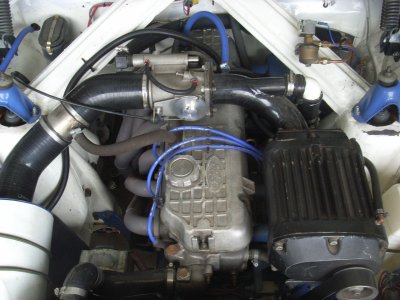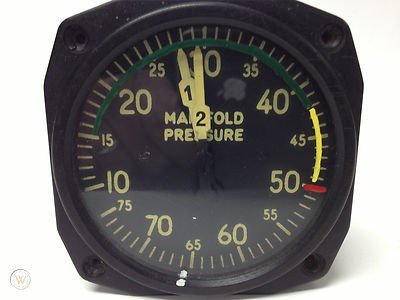I'm an advocate for any coherent modification but here's my $ .02 :
.
THREE important carbureted' 'blow-through' forced induction
considerations are :
.
1) the NA fuel supply to typical carb bowl is usually @ 5-7 psi (Weber a little lower) BUT with boost, fuel pressure needs to be raised equivalent to normal pressure PLUS boost. At 0psi boost (run and cruise), fuel supply is @ 7 lbs to carb from pump, at @ 7psi boost the fuel pressure needs to be @ 14 psi to keep it flowing
into not out of carb ...
.

.
2) Conventional Power Valve operation on carbs adds fuel with drop in intake vacuum under acceleration or WOT. Boost thru carb obviously needs OPPOSITE Power Valve operation - opening max with intake pressure not vacuum. Some way to operate carbs' PV with boost pressure is needed.
.

.

.
.
the universal Holley 4Bbl Carb
( '4150' ) has a lot of info available on Forced Induction mods ( googl e "hangar 18 mods') and readily available parts, jets and aftermarket unique operating Power Valve made for boost application.
The Holley
2300 2Bbl carbs are universal as well and are 1/2 a Holley 4Bbl so all the mods work on it as well.
1100 1Bbl can of course be modified but starting with a
350 CFM Holley #7448 (2300 series) 2Bbl is likely a shorter route.
.
.
3) Draw-Through Carburetors setups don't need carb fuel bowl pressure compensation
but where Blow-Thru boost makes carb CFM act LARGER than at NA, Draw Thru needs huge NA to boost CFM capability . Early BOP Draw-Thru setup used a unique
ThermoQuadrajet 4Bbl with EXTERNAL PV control from intake manifold pressure switch - vac/pressure xover and Draw-Thru necessity huge non-boost to boost CFM rating of 280 to 900 CFM !.
.

.

. ..

.
Nevermind turbo
INTERCOOLERS - BOP draw-thru on 250 Bernoulli Effect' from intake needed coolant circulation
HEATING to prevent plenum
icing ! ...
.
the Vortech supercharger on the current 250 uses modified Holley 7448 350CFM thru a simple 1 X 2 adapter .
.

.

.
Hav efun
.
.










